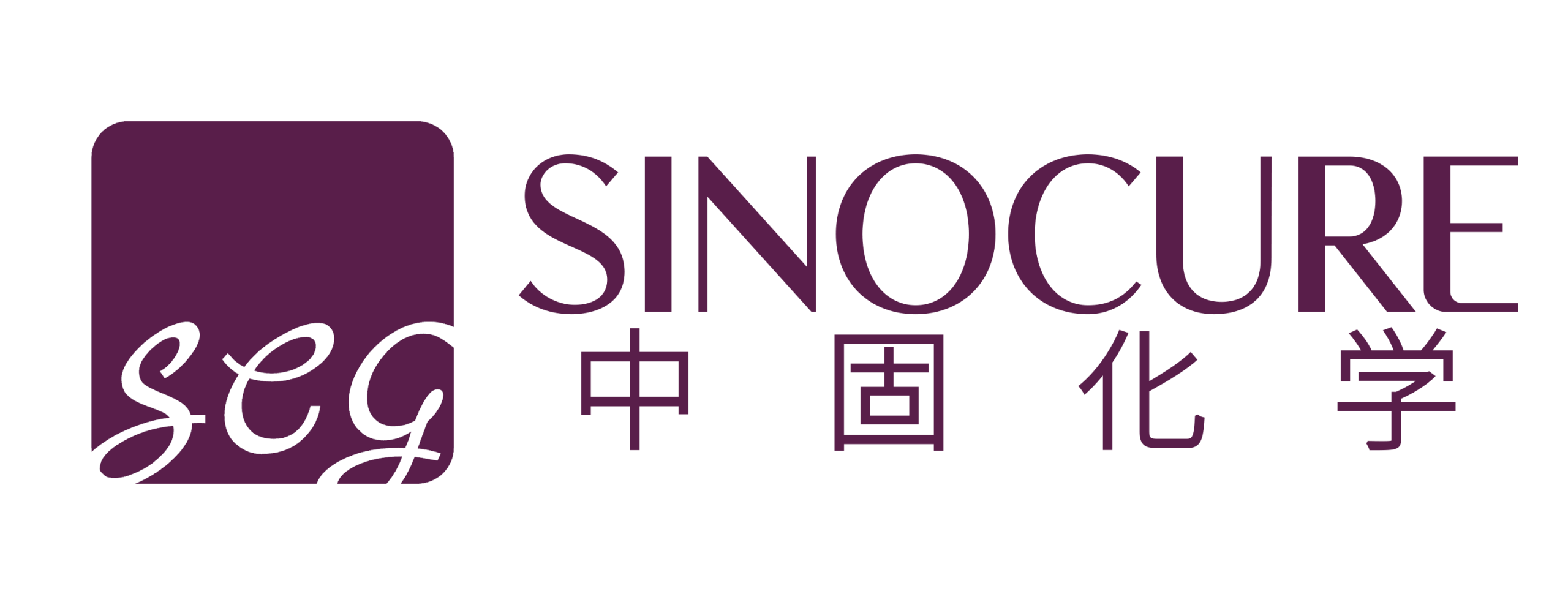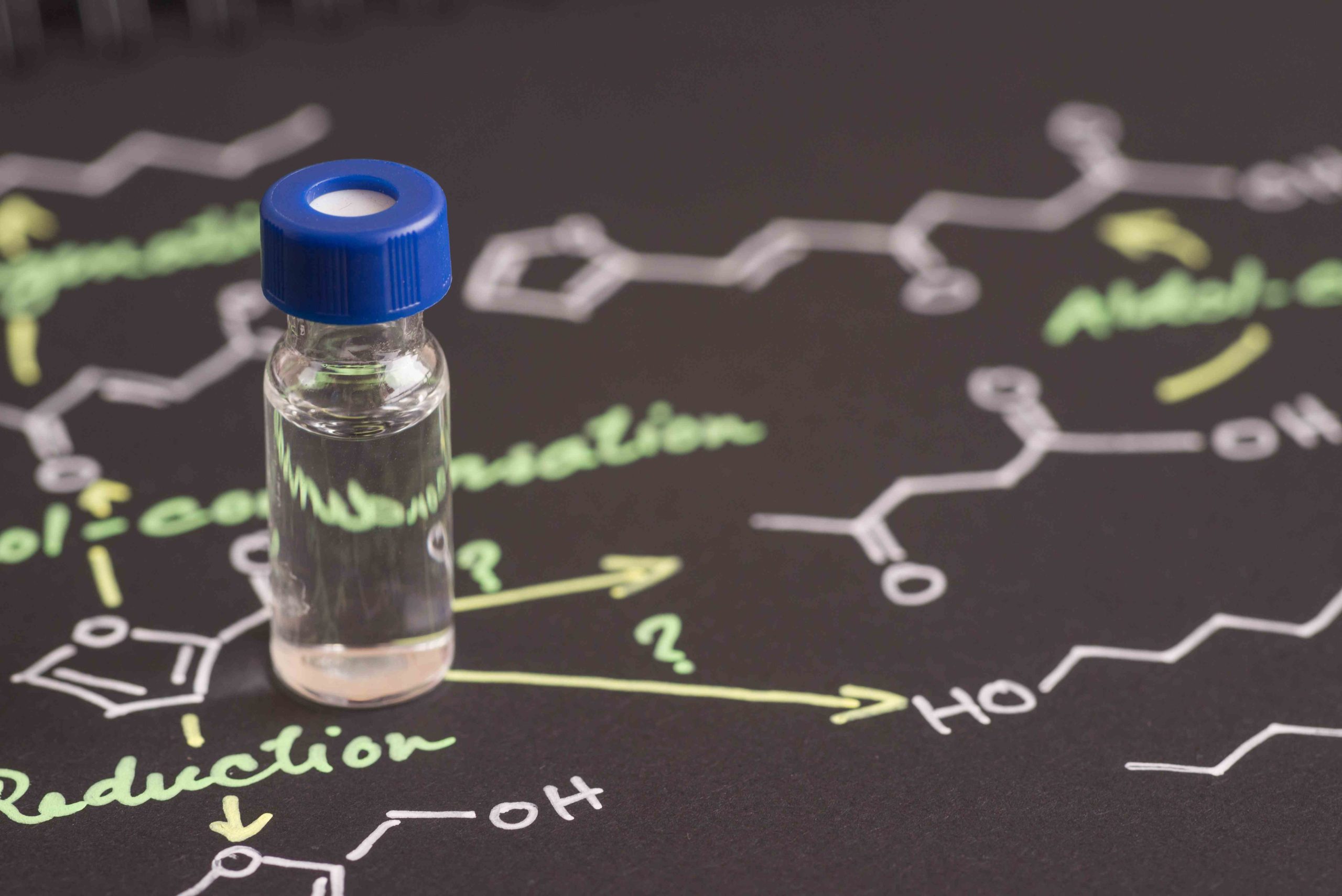Chiral Theory: The Scientific Code for Life’s Asymmetry
Chiral drugs (chiral drugs) have chiral centers or asymmetric centers in their molecular structure, and the number of their stereoisomers follows the 2ⁿ law (n is the number of chiral centers). For example, a molecule containing 1 chiral center can form 2 isomers (1 pair of enantiomers), whereas diastereomers (diastereomers) cannot overlap due to structural differences.
Chiral selection in organisms:
Amino acids: except for glycine, natural proteins consist only of L-lepto amino acids, which can be distinguished from chirality by the polarized light test.
Sugars: Ribose and deoxyribose in nucleic acids are both D-type and form the asymmetric basis of the genetic information of life.
Biological significance of chiral preference:
The absolute dominance of a single chiral molecule (e.g., L-amino acid) ensures the orderly assembly of life’s macromolecules (e.g., nucleic acids, proteins). If mixing L/D-type amino acids, 2¹⁰⁰ isomers will theoretically be generated, which will directly destabilize the structure of life.
Biological Validation and Market Rise of Chiral Drugs
Chiral Preferences in the Life Sciences
L-type monopoly of proteins: 99% of the proteins of the earth’s living organisms are L-left amino acids, and only a very few organs contain trace amounts of right-handed bodies.
D-type sugar molecules for nucleic acids: the ribose in DNA/RNA is all D-type, and this chiral selection has been present throughout evolutionary history from bacteria to humans.
Lessons and breakthroughs in drug development
Reaction stop event: In the 1950s, the teratogenicity of thalidomide’s levodomain led to tens of thousands of “seal babies” being deformed, which became a turning point in drug chirality research.
Levofloxacin: Its levamer has 8 times more antibacterial activity than its dextroform and is less toxic, validating the clinical advantages of a single isomer.
Market data and business cases
Atorvastatin calcium: Pfizer’s lipid-lowering drug peaked at $16 billion in global sales, making it one of the best-selling chiral drugs of all time.
Market trend: chiral drug market share rose from 34% to **81%** (CAGR 11.2%) from 1991-2024, with increasing rigidity in clinical demand for isomer purity.
The technological revolution in chiral drug development
Breakthroughs in synthesis technology
Asymmetric catalysis: Nobel Prize in Chemistry results to promote the development of chiral catalysts, so that the single isomer synthesis efficiency increased by more than 50%.
Enzyme catalytic technology: Bio-enzymatic digestion avoids racemization and retains the biological activity of unstable amino acids (e.g. tryptophan, histidine) intact.
Innovations in analytical technology
Nuclear Magnetic Resonance (NMR): Analyze the spatial configuration of chiral molecules through NOESY/ROESY spectra, and accurately determine the relative configuration.
MicroED technology: using electron diffraction to analyze the absolute configuration of small molecules, accelerating the screening of chiral drug crystal form.
Green Chemistry and Precision Medicine
Environmentally friendly process: water-based reaction system replaces organic solvents, reducing pollution emission in chiral synthesis.
Individualized medication: selecting the best chiral drug based on the patient’s genotype, e.g., adjusting the dosage for CYP450 enzyme polymorphisms.
Future Challenges and Scientific Frontiers
The mystery of chiral origin
Randomness vs. survival of the fittest: Saghatelian et al. proposed that initial environmental bias is amplified by self-replication, while α-polyglutamate experiments showed that a single conformation is more likely to form an ordered structure.
Geometric Tiling Hypothesis: Greg Huber’s team explores the physical mechanism of chiral preference in the finite space of organisms with the help of a geometric model of the Sphinx.
Emerging Applications
Cosmetology and anti-aging: D-ribose emulsion at 0.5% concentration reduces wrinkles by 30% and activates ATP synthesis in skin cells.
Sports Medicine: D-ribose supplementation accelerates muscle ATP recovery and completely repairs high-intensity sports injuries within 72 hours.
Market and Policy Trends
Tightening regulation: FDA requires new drug R&D to clarify the difference in isomer activity, pushing 90% of the world’s listed chiral drugs to a single configuration.
Opportunities in China: Asia accounts for over 50% of the market, and local companies are accelerating the launch of chiral innovative drugs through the MAH system.
From the right-handed double helix of DNA to the precise antibacterial properties of levofloxacin, chiral drugs illustrate the precise logic of life molecules. In the future, with the development of AI-assisted molecular design (e.g. Tencent Yuanbao’s deep learning model) and synthetic biology, chiral drug R&D will move towards the era of “atomic-level precision”. Enterprises need to grasp three major strategies: layout of green synthesis technology, plowing into the precision medicine market, and expanding cross-border R&D cooperation, in order to take the lead in the global chiral drug blue ocean of hundreds of billions of dollars.
If you need more information about chiral chemicals, please check out our following articles
Applications of Chiral Chemicals: Shaping the Future of Industry and Innovation
Contact Us Now for Tailored Pharmaceutical Solutions!
Request a Custom Quote:
Hours: Mon-Fri 9:00AM – 5:30PM
Why Choose Us?
- Expertise and Innovation
- Custom Solutions Tailored to Your Needs
- Flexible Production and Scalability
- End-to-End Customer Service
GMP-Certified Solutions: Ensure compliance with global pharmaceutical standards.
24/7 Regulatory Support: Navigate FDA, EMA, and NMPA requirements seamlessly.
Limited-Time Offer:
Trusted by 1,200+ pharmaceutical enterprises worldwide. Request a quote today and receive a free API sourcing analysis (valued at $2,500) with your first order!

